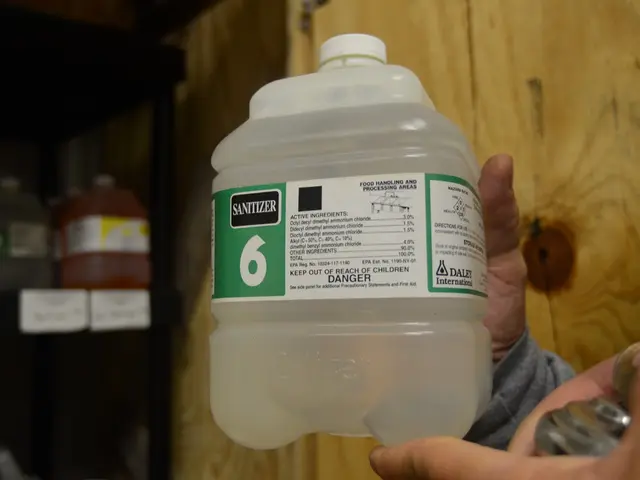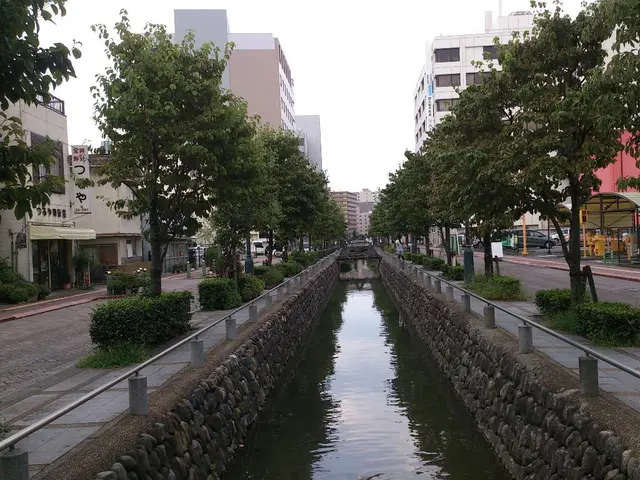Residents grapple with a peculiar sight: "Leaves Zoning In on Vacant Space"
Swiss Alpine Village Overwhelmed by Glacier Collapse
In the Swiss Lötschental region, the remnants of a once flourishing village, Blatten, now face a daunting rebuild after a devastating glacier collapse. The wreckage left behind has caused immense challenges for the affected communities.
"Two days ago, the history of Blatten was erased," Mayor Matthias Bellwald shared at a press conference. The once picturesque village is now almost entirely buried under meters-high debris, with only a few houses spared, most of which are now submerged. The devastating loss has left residents bereft of their possessions, retaining only what they were wearing or had stored in the cloud.
"It's possible that the old Blatten can't be restored," Bellwald admitted. He announced a task force for the rebuilding of Blatten in the Lötschental, though the precise location remains undetermined. However, the current safety situation makes it irresponsible to send people into the debris-laden area.
In a glimmer of hope, the blocked river Lonza, responsible for the enormous lake that formed during the disaster, is showing signs of slight relief. Christian Studer of the Natural Hazards Service relayed at a press conference, "A first channel is forming, giving us reason to be optimistic that the water will find a better course." Fortunately, there is no evidence suggesting the water could carry debris that may threaten a secondary disaster.
Nevertheless, tensions are still high as the risk of further calamity remains. Located upstream, the communities of Gampel and Steg have been asked to prepare for potential evacuations. The situation has improved slightly, but a flooding event or debris flow from the disaster area could still pose a risk if it descends the valley.
The precautions taken so far have proven beneficial for Gampel, Steg, and other regions further down the valley. Authorities have released water from the retention basin at Ferden and constructed dams downstream of the debris and rockslide, protecting the villages from immediate threats. However, the trapped water may still carve a wider canyon and race downwards, potentially bringing mudslides.
Meanwhile, Swiss President Karin Keller-Sutter expressed disbelief at the scale of the disaster and pledged support for the affected residents. The location of the disaster area in the upper Lötschental valley, around 1500 meters above sea level, makes it seemingly impossible to control the flow or create a channel through the debris, as the terrain remains unstable.
Experts are concerned that several hundred thousand cubic meters of rock might still collapse at the original breakaway site, with additional debris from the valley floor and opposite slope also at risk of sliding down as a debris avalanche. As the rescue missions and cleanup await safer conditions, a sense of uncertainty looms over the affected communities.
Note: The current status and future plans for rebuilding Blatten are still uncertain, with only about 10% of the village remaining. The emphasis currently remains on managing the disaster's aftermath and mitigating further risks. As the situation develops, local authorities will likely provide updates on their rebuilding plans.
[Sources: ntv.de, hul/dpa/AFP]
- Switzerland
- Natural Disasters
- Glaciers
As the rescue missions and clean-up efforts in Blatten, Switzerland, await safer conditions, mayoral task forces are currently evaluating adherence to community and employment policies for the rebuild.
Meanwhile, experts are studying environmental-science data to monitor the glacier and surrounding terrain, focusing on potential mental-health implications for the affected community and promoting health-and-wellness resources. Furthermore, Switzerland's president continues to pledge support and engage in discussions about science and research to better understand and manage such natural disasters in the future.








